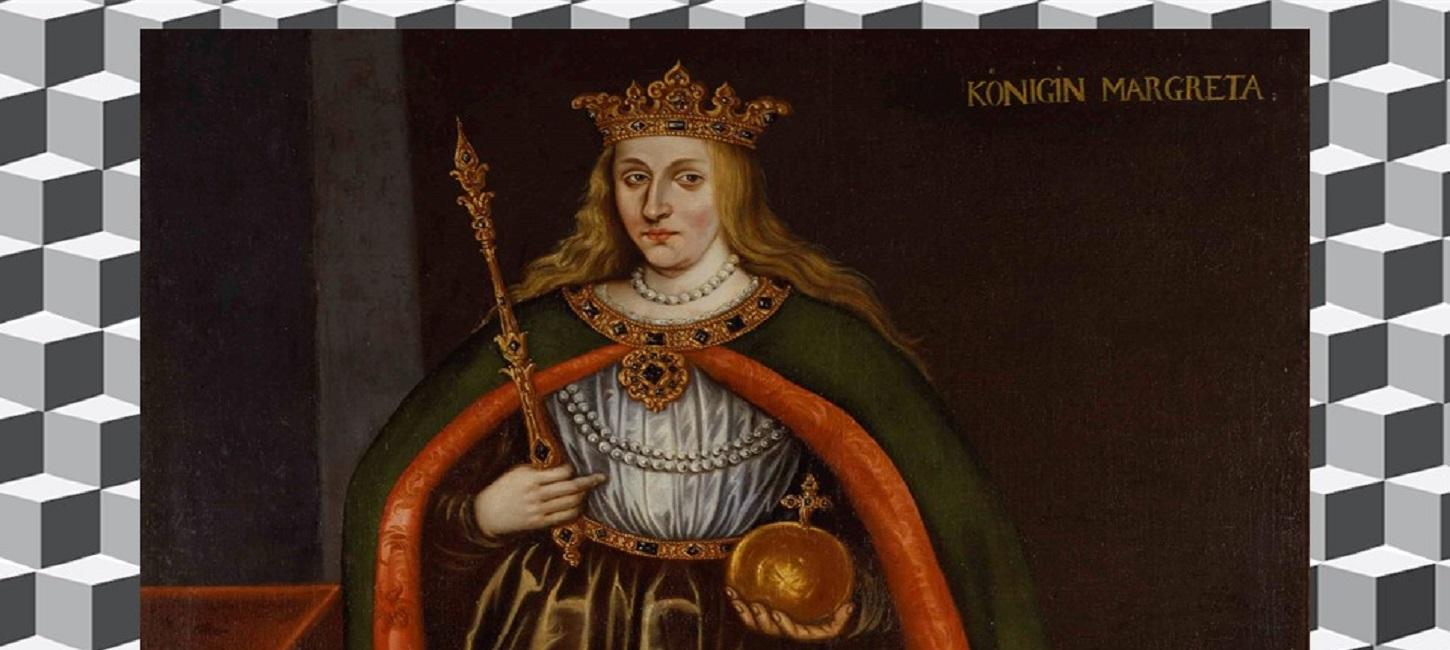
Margrete I
Margrete I is one of the most important queens in Danish history, and she united the entire Nordic region under a united kingdom called the Kalmar Union.
Margrete I (1353-1412)
Margrete I is considered one of the most influential queens in Danish history and is perhaps best known for changing Scandinavia. The queen ensured during the Danehof in 1377 that Greenland and the Faroe Islands are still part of the commonwealth today. At this Danehof, Margrete I had the election of her only 6-year-old son Oluf confirmed as king of Denmark, and after the death of Margrete's husband, King Håkan of Norway in 1380, Oluf became regent for both Norway and Denmark. Along with Norway, the North Atlantic islands, including Greenland and the Faroe Islands, became part of the Danish kingdom for the first time. This was thus the first step towards the formation of the Kalmar Union. The union of the three Nordic kingdoms, Denmark, Norway, and Sweden became complete, as Margrete subsequently incorporates Sweden into a Nordic union with herself as regent. In Nyborg, Our Lady's Church was built by Margrete I as a way of thanking God for the victory that brought Sweden under Danish rule. The queen also expanded and beautified Nyborg Castle, including the castle's hall, which has light from three sides.